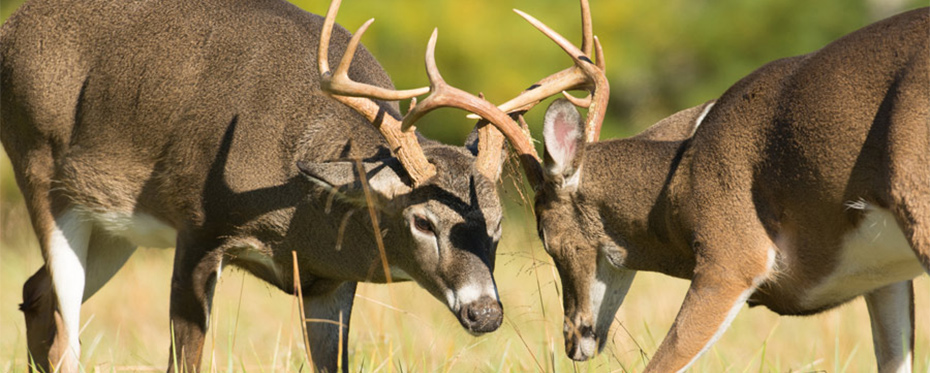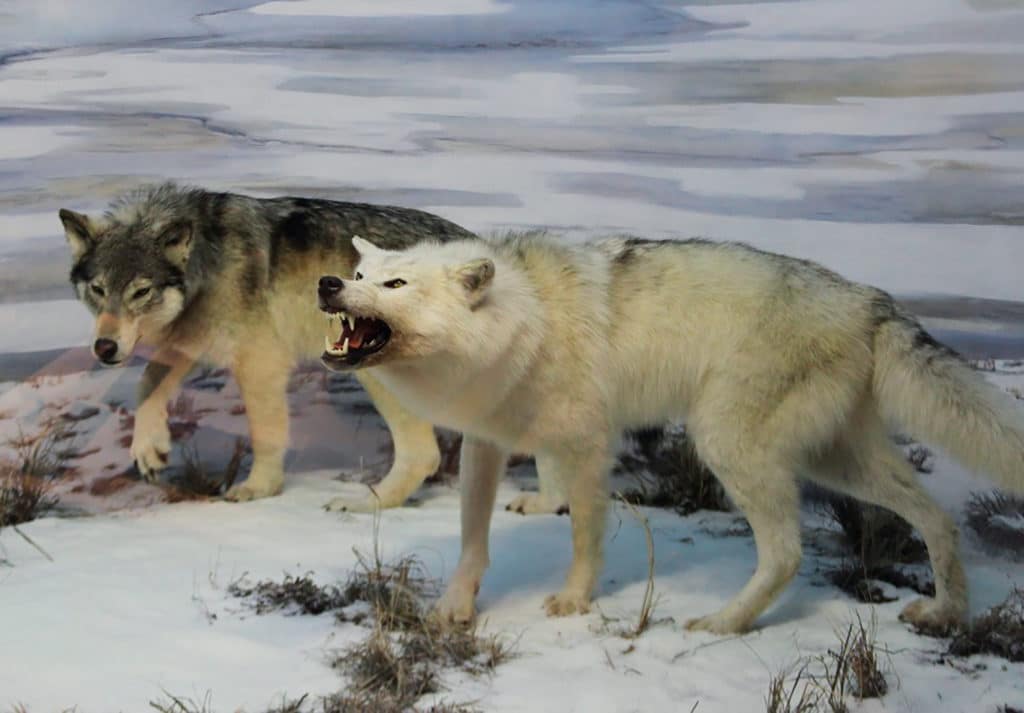Tag: climate
Atmospheric species and their effect on solar radiation and our health

Our atmosphere is a giant chemical reactor that helps keep us safe from the potentially damaging and warming effects of solar radiation. It consists of a hugely complex mixture of atmospheric liquids, gases, and particles with constantly varying compositions. Professor Jianhui Bai at the Chinese Academy of Sciences and Professor Rui Chen at the Beijing Academy of Science and Technology […]
Read More… from Atmospheric species and their effect on solar radiation and our health
Understanding and responding to climate change: our favourite climate research from 2021

Climate change solutions must reach across education, agriculture, energy production, politics and policymaking, manufacturing, travel, transport – almost every aspect of life. The six articles highlighted below demonstrate the breadth of research being undertaken by scientists globally as they work to understand the complex impacts of climate change, design new technologies and processes for a greener future, assess the financial […]
On human thermal perception of weather and climate

Human thermal perception of weather and climate is deeply subjective, and this was already recognised by Alexander von Humboldt in the early 1800s. He wrote the following in his book Cosmos: ‘In its most general sense the expression climate denotes all changes in the atmosphere that noticeably affect our organs: temperature, humidity, the serenity of the sky, which is […]
Read More… from On human thermal perception of weather and climate
Antlers: The long and short of it

Antlers play a central role in deer mating behaviour as both a weapon for competition between rivals, and a visual signal of mate quality. However, antler growth is energetically costly and the allocation of resources must be balanced against survival. Research led by Dr Bronson Strickland and Dr Steve Demarais, co-directors of the Deer Ecology and Management Research Laboratory at […]
Developing the Geneva Solar Cadaster: A decision support tool for sustainable energy management in urban areas

Gilles Desthieux, Associate Professor at the Geneva Institute of Landscape, Engineering and Architecture and a Consultant in Urban Energy Planning with Amstein+Walthert Geneva, leads a team of researchers who have developed the Geneva Solar Cadaster, a tool for modelling solar radiation and energy production from building rooftops and facades. Recent urban studies have shown that our cities play a significant role in […]
Extinct giants, a new wolf and the key to understanding climate change

After its last excavation in the 1970s, a group of palaeontologists, genetics experts and cavers led by vertebrate palaeontologist and mammalian carnivore specialist Dr Julie Meachen of Des Moines University, have re-opened excavations at Natural Trap Cave (NTC) in North America. During this project, Dr Meachen hopes to uncover the secrets of the mass extinction of the last ice age […]
Read More… from Extinct giants, a new wolf and the key to understanding climate change